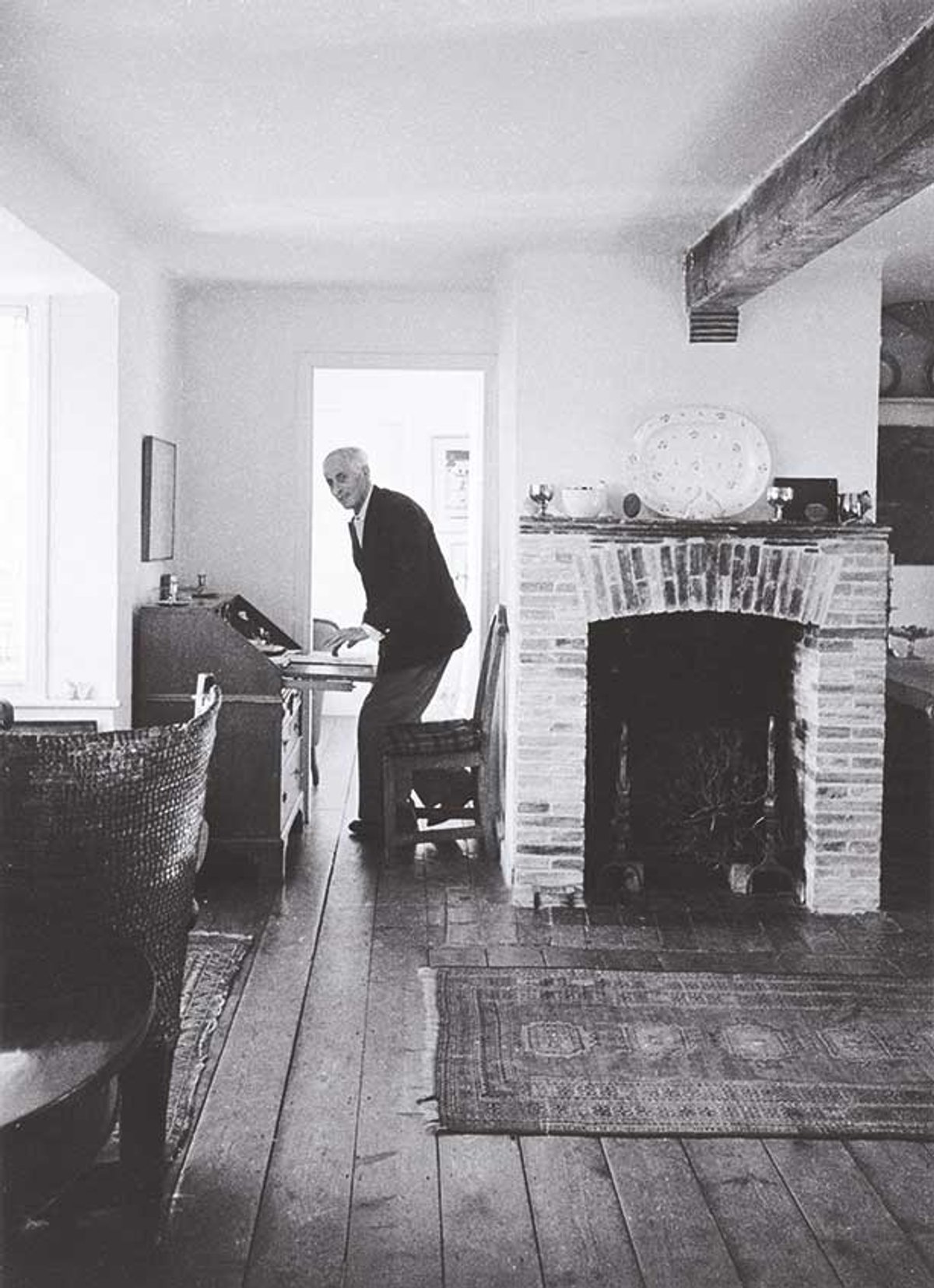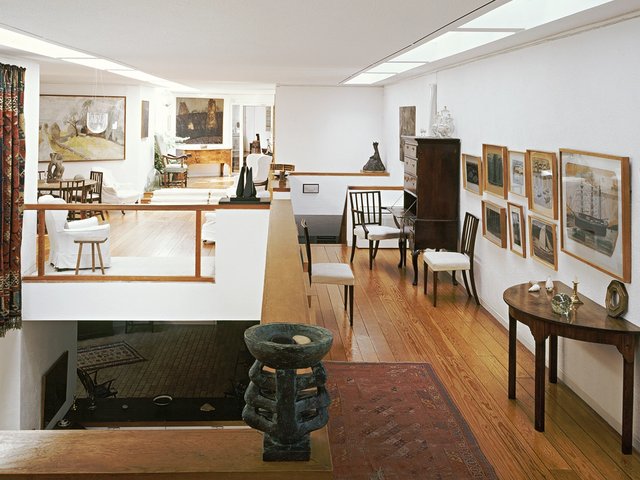In 1925, Harold Stanley Ede (1895-1990), renamed Jim by his wife Helen, was a junior curator at what was then called the National Gallery of British Art, now Tate Britain. Ede, an alumnus of Newlyn School of Art and the Slade in London, did not flourish among all the mandarins and Widmerpools alongside whom he initially found himself working. But there were consolations: with some help from his father, a Cambridge-educated solicitor, he was able to buy a Georgian town house in Hampstead. Then, in 1926, a pile of works by and documents about the French artist Henri Gaudier-Brzeska (1891-1915)—the artist added the Polish surname of his girlfriend Sophie Brzeska to his natal one; Laura Freeman here somewhat snippily excises it—was “dumped” in the gallery’s boardroom, which Ede was using as an office. A coup de foudre ensued; a portion of this material was acquired, somehow or other, by Ede, and a new life began.
Ede applied his formidable energies to building a freelance career: essays, reviews, lectures and his 1930 book on Gaudier-Brzeska, Savage Messiah. He toured the US, trying against the odds to sound the trumpet for British artists of the period, such as Ben and Winifred Nicholson, the great Cornish naive painter Alfred Wallis, Barbara Hepworth and Henry Moore. He built a house in Tangier, Morocco, where soldiers were invited for recuperation during the Second World War. Finally, in the 1950s came Kettle’s Yard in Cambridge, an attempt (perhaps) to recreate the freewheeling “open house” Sundays he had hosted in Hampstead in his youth, where art, music and other good things could be enjoyed and talked about in a domestic rather than institutional setting.
Although Freeman, the chief art critic at the Times, makes elegant use of works from Ede’s collection to frame and punctuate her account of his life, the primary focus of the book is on the friendships that he made and maintained over the years. Many people thus graced are well-known in their own right: not just Ede’s stable of British artists but the Romanian sculptor Constantin Brâncuși, whose ramshackle studio compound in Paris may have influenced Ede’s decision to buy several small buildings at Kettle’s Yard rather than one big one elsewhere, the psychologist Donald Winnicott, the Bloomsbury-ite Ottoline Morrell, the author and adventurer T.E. Lawrence, the poet Kathleen Raine… a whole mid-century gossip column’s worth. Paul Bowles, Truman Capote and Gore Vidal all came to call in Morocco, and Daniel Barenboim and Jacqueline du Pré played at the opening of the Kettle’s Yard extension in 1970. Ede had a small role in Ken Russell’s 1972 film of Savage Messiah.
Amid the mêlée, the man himself does not quite come into focus. Freeman writes in a sort of free indirect style, as if she is party to what is going on inside her subject’s head at any given moment, but—perhaps out of courtesy—she is not falling over herself to grapple with the many contradictions of his life: the gem-like flame of his ambition versus his chaotic, impulsive decision-making, poor book-keeping and illegible handwriting; his tremendous, resourceful generosity towards his artist friends set against the questionable tactics—gazumping, gazundering, sock-puppet intermediaries and outright untruth—he deployed to acquire this picture or get that project over the finish line. He is generally supposed to have been more or less chastely homosexual: Freeman suggests, a little incuriously, that the “chaste” part may have stemmed from his devotion to his wife, his fear of legal consequences, a certain primness towards unorthodox lifestyles that he often displayed, despite moving in bohemian circles for much of his life, or all of the above. (She notes the pronounced asceticism and deepening religious belief of his later years, but it seems not to have occurred to her that there may have been a penitential element to this.)
Ede’s most identifiable contribution to the way we live now is arguably the “Kettle’s Yard aesthetic”, a palette of white walls, Modern artworks and objets trouvés (pinecones, pebbles, old bits of ironmongery) sparsely arranged on good brown furniture. It is a look that itself contains a few contradictions: pious yet whimsical, restrained yet somehow sensuous. Like the Scandinavian design traditions with which it is often nowadays conflated in the living spaces of the bourgeoisie, it promises a way of living among beautiful things and giving due weight to their beauty.
- Keith Miller is an editor at the Telegraph and a regular contributor to
the Literary Review and the Times Literary Supplement - Laura Freeman, Ways of Life: Jim Ede and the Kettle’s Yard Artists, Jonathan Cape, 400pp, 62 illustrations, £30 (hb), published 18 May



